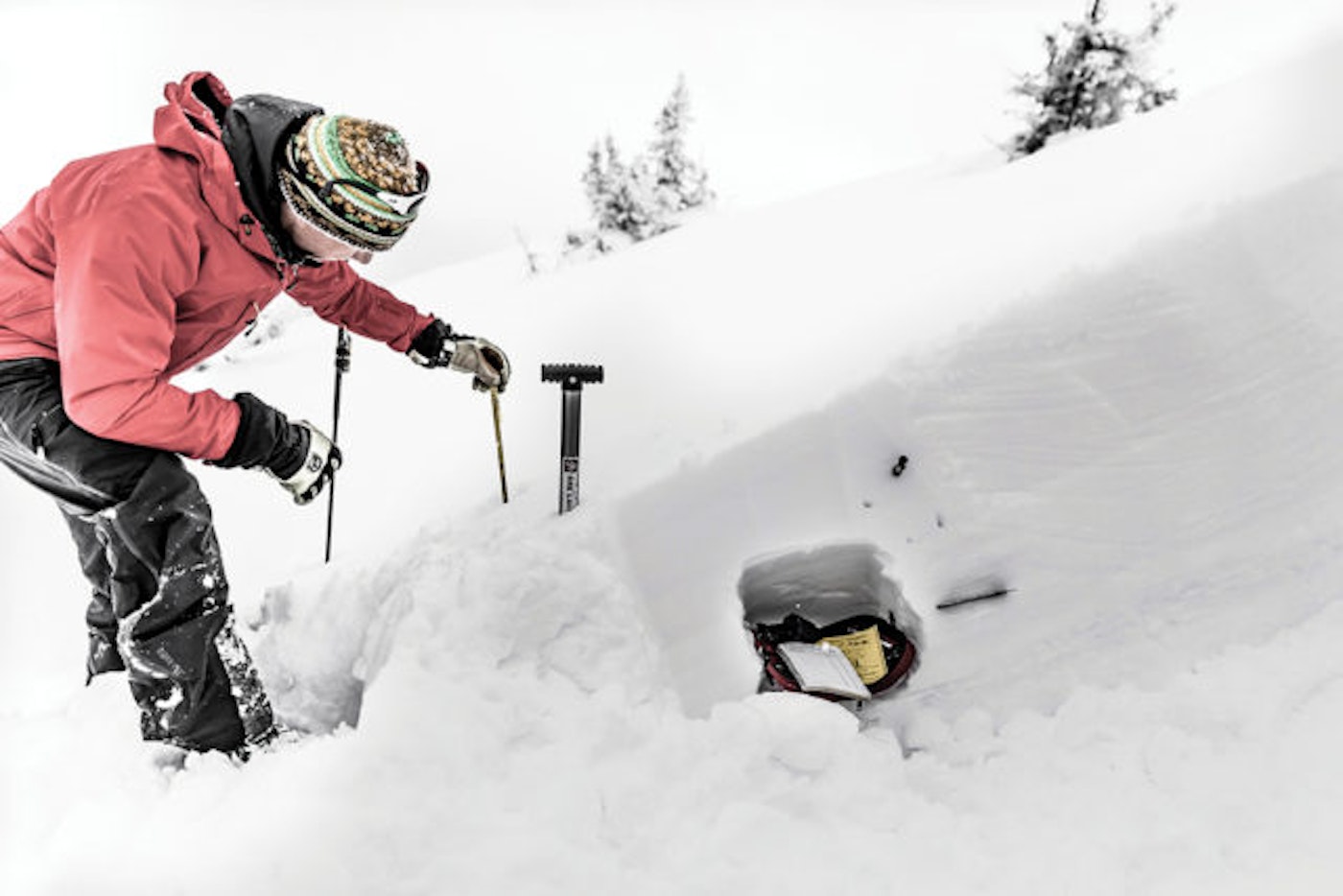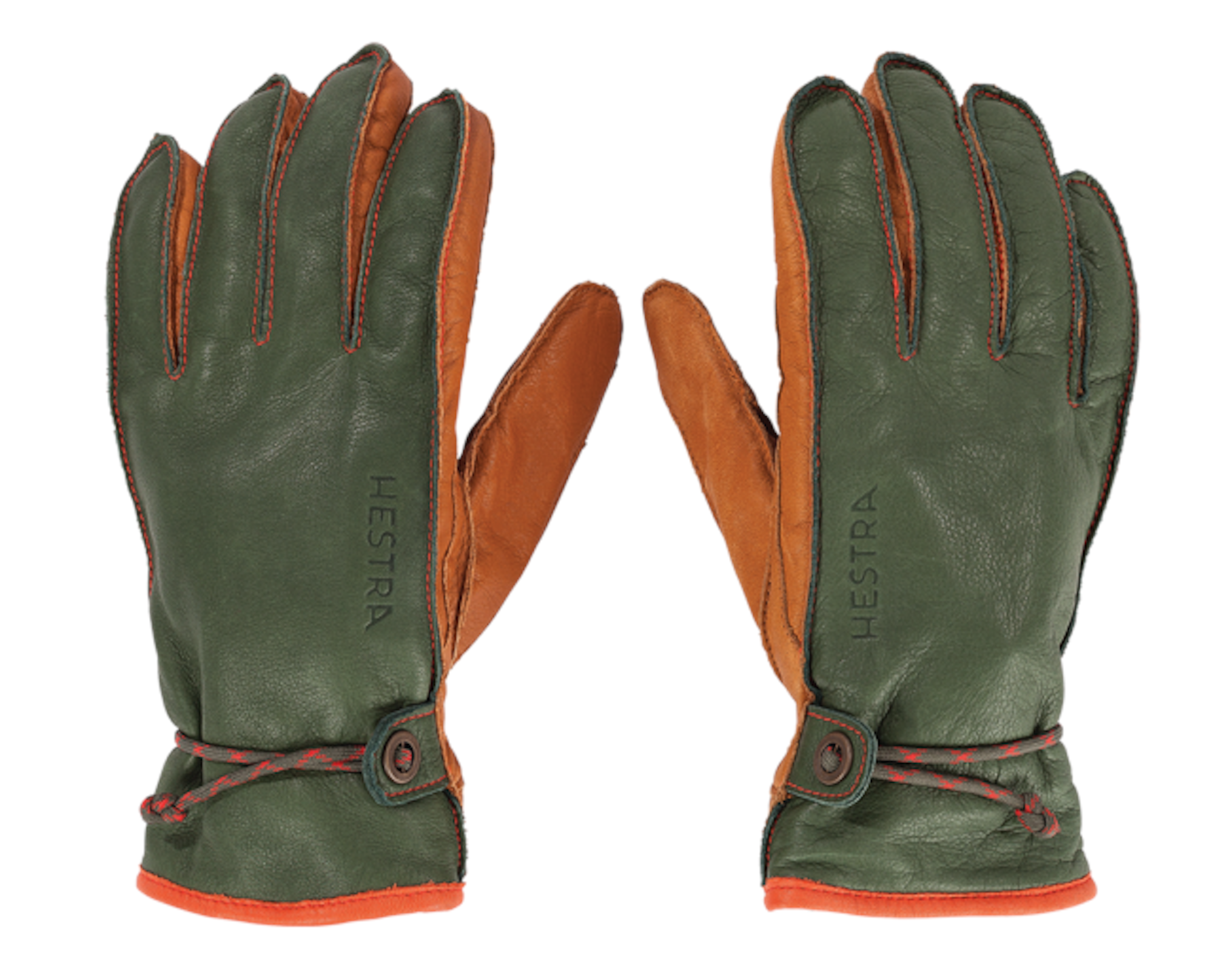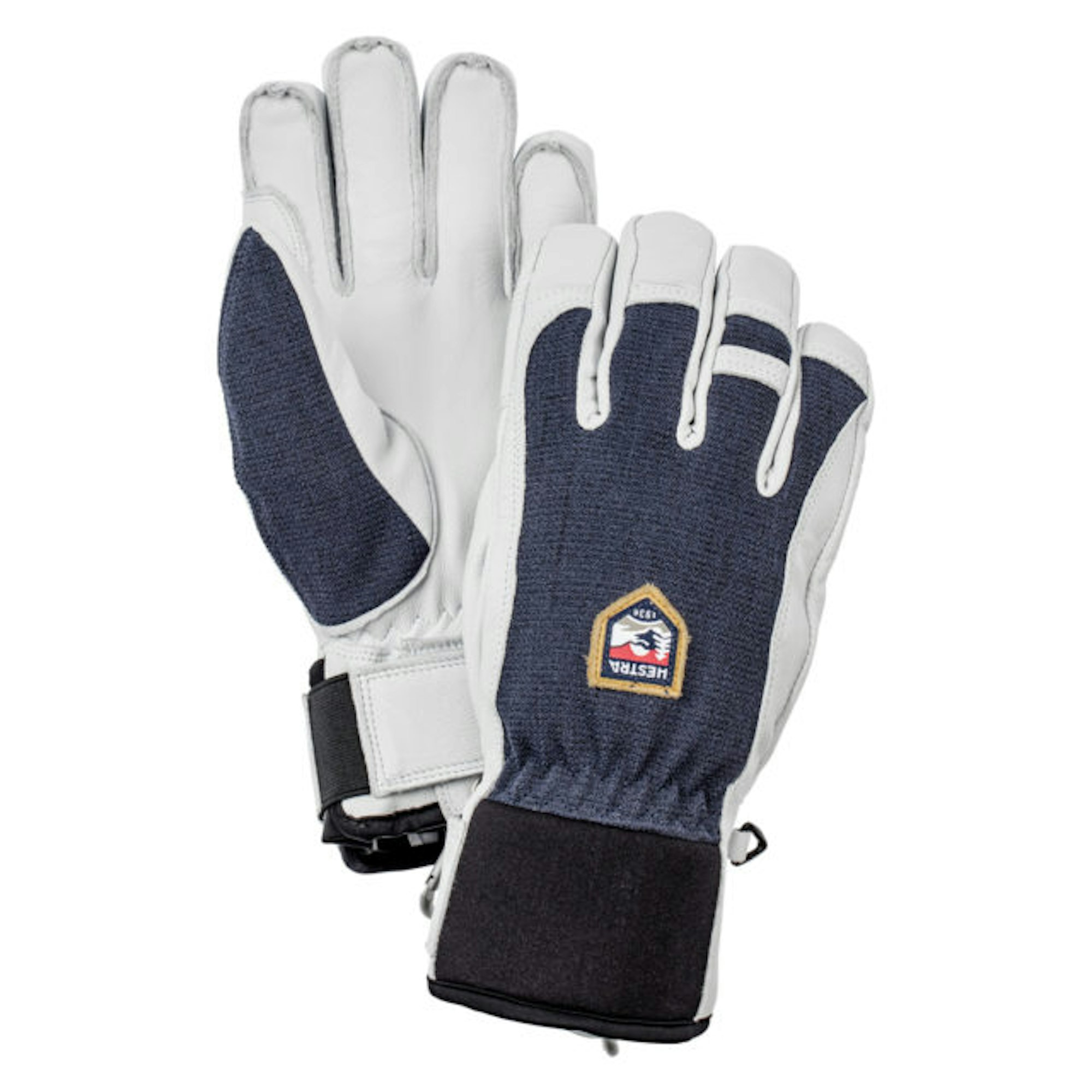The town of Hestra, in southern Sweden, has a population of just over 1,000 people. It’s a tranquil, rural hamlet, surrounded by lakes and forests, about three hours by train from the capital of Stockholm. A small ski area, called Isaberg, home to one of Sweden’s first ski racing clubs, rises above town.
Around 60 of the community’s residents work for the glove company that shares the town’s name: Hestra Gloves. It got its start here in 1936, when a farmer named Martin Magnusson began sewing mittens out of thick cowhide and wool lining, and reinforcing them with metal rivets for lumberjacks who were harvesting trees for timber.




The mitts went unbranded at first and eventually got tagged with MM for Martin Magnusson, but years later, when customers referred to them as the gloves from Hestra, the company earned its name. Martin died in 1963 at the age of 70—he worked until the end of his life—and afterward, his sons took over the business. It’s been 80 years since that first mitten was sewn; yet Hestra is still owned by the Magnusson family, now with its fourth generation handling operations.
“I think being a family business can provide stability and a long-term perspective in aspects big and small,” says Jonas Magnusson, 29, a great grandson of Martin, who now works as the export sales manager for Hestra. “Oftentimes, that’s a good foundation for developing the business and the products further.”
You likely know Hestra Gloves for its ultra-tough leather ski gloves, the ones sported by world-class professional skiers like Seth Morrison and Cody Townsend and worshiped by ski patrollers and mountain guides. Maybe you’ve been slowly breaking in a pair of Hestras for the last 10 years, punishing them through a decade’s worth of storm days, yet they still look good as new (there’s a reason these gloves come with lifetime warranties). While Hestra also makes fashion-forward gloves lined with cashmere and rabbit fur that retail for hundreds of dollars, their roots, their foundation, is in skiing.


When the ski area first opened in the town of Hestra, Magnusson—a skier himself, who raised his boys on Isaberg’s slopes—realized the potential for a new market, and in 1941, he debuted Hestra’s first ski glove, stitched with leather and built sturdy and waterproof.
“Having that heritage of making gloves for the lumbermen has been [critical],” says Jonas. “It taught us the importance of durability and that has stayed with us since. What we made also had a lot to do with our own interests. My grandfather and his brother got interested in skiing early on and brought that passion into the company.”
Hestra owns its factories—two in China and one in Hungary—and that allows them to have total control over the manufacturing process. “Producing in our own factories has been an important part in being able to take a long-term perspective on quality and avoid cutting corners,” says Jonas.
Hestra now makes over two million pairs of gloves annually, with distributors and shops in more than 30 countries around the world. In 2004, Hestra opened a United States office in Golden, Colorado, on the outskirts of Denver.


“What sets us apart from other companies is the quality of our materials,” says Dino Dardano, president of Hestra USA. “A lot of companies take short cuts to buy cheaper leather. We are not an apparel company that also makes gloves. At Hestra, we do just one thing—make gloves—and we do that exceptionally well.”
Martin’s oldest son, Lars-Olof, now 91, still shows up at the Hestra office almost every day. Martin’s grandsons, Svante and Claes, now at the helm of the company, source materials for the gloves, hand selecting the finest leathers they can find, like deerskin from North America or elk leather from Sweden and Finland.
Their sons, 20-somethings Anton, Niklas, Jonas and Jacob, who have been working for the family business since they were kids, now oversee day-to-day operations, from marketing to manufacturing. In 2012, Anton and Niklas became the first certified glove cutters from Sweden in the last 40 years. For reference, there are only about 50 certified glove makers in the world and most of them are over 60 years old.


Standing (left to right) Jacob, Anton, Claes, Niklas / Sitting (left to right) Lars-Olof, Svante, Jonas
The next generation of Magnussons will undoubtedly take Hestra into the future—but not without a nod to the past. “The biggest reward is no doubt when people appreciate the product,” says Jonas.
“Like when someone reaches out saying they unfortunately have to replace their worn-out 15 or 20-year-old pair of gloves and they want to know what current model most resembles their old one. Then we go into the archives and try to find out what glove they actually have.”
Related gear:




Hestra Army Leather Patrol GlovesThis story originally appeared in FREESKIER Volume 19, Issue 4. Click here to subscribe and receive copies of FREESKIER Magazine delivered right to your doorstep.


![[GIVEAWAY] Win a Head-to-Toe Ski Setup from IFSA](https://www.datocms-assets.com/163516/1765920344-ifsa.jpg?w=200&h=200&fit=crop)
![[GIVEAWAY] Win a Legendary Ski Trip with Icelantic's Road to the Rocks](https://www.datocms-assets.com/163516/1765233064-r2r26_freeskier_leaderboard1.jpg?w=200&h=200&fit=crop)


![[GIVEAWAY] Win a Legendary Ski Trip with Icelantic's Road to the Rocks](https://www.datocms-assets.com/163516/1765233064-r2r26_freeskier_leaderboard1.jpg?auto=format&w=400&h=300&fit=crop&crop=faces,entropy)




![[GIVEAWAY] Win a Head-to-Toe Ski Setup from IFSA](https://www.datocms-assets.com/163516/1765920344-ifsa.jpg?auto=format&w=400&h=300&fit=crop&crop=faces,entropy)


